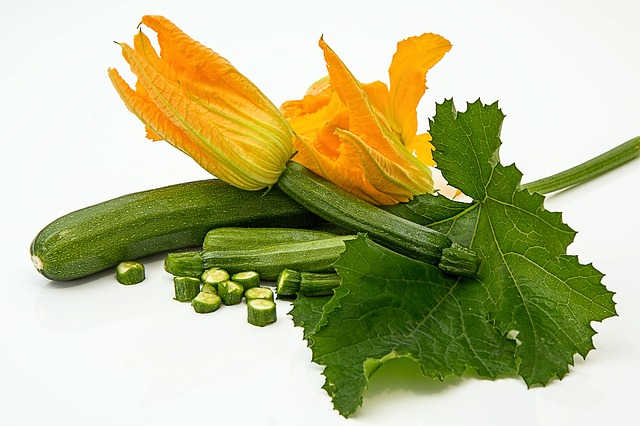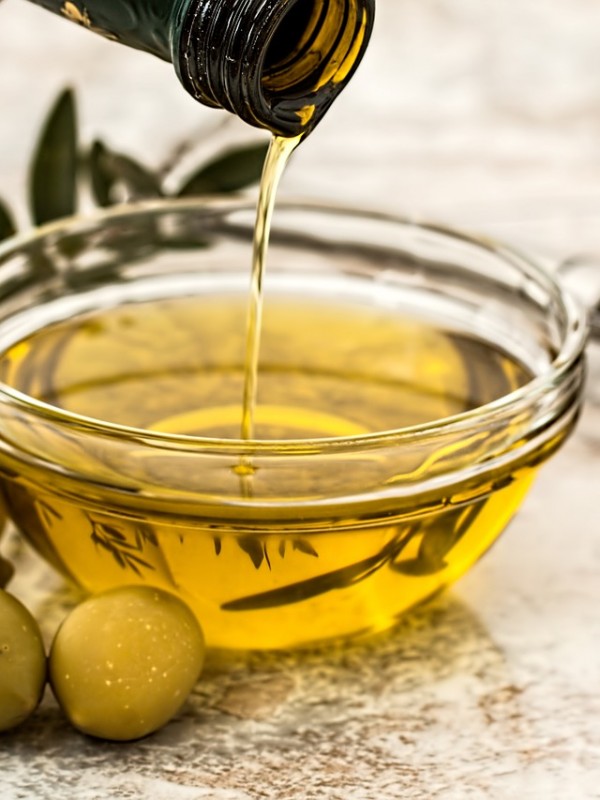Food plays a significant role in any countries or city’s culture and speaks the color of the local traditions. As like any other big and prestigious city, Madrid has its own history of elegant cuisines. When you dine in somewhere in Madrid and you will find one of the best-prepared dishes in the world. Madrid hosts some of the planet’s best and well-known cuisine and restaurants.
For quite a long time, Madrid endured on artless, yet healthy dishes manufactured for brutal winters and rankling summers, for example, cocido a la madrilène and callos a la madrilène. To be more elaborate dairy animals foot and nose and suckling pig. Be that as it may, on account of the steady relocation of outcasts, the famous Madrid’s restaurant, la cocina madriléña has gradually developed throughout the years, bringing about the differences of culinary conventions from all over Spain. Moreover, an expanded modernity of the town’s gastronomic offerings was also a result of the culinary revolution.
Between the mid-twenty-first century, Spain laid firm foundations of its economic planning that lead to financial development. This growth prompted a flood of movement from South America, Asia, and West and North Africa. With this migration, many people came here from around the world each bringing their own particular fixings, recipes and culinary customs to the table. The new societies offered ascent to eateries, for example, fusion Sula Madrid and O’live and Japanese Tsunami. The latter drawing on impacts from everywhere throughout the Mediterranean and completing with a taste you’re not likely to discover somewhere else in the world. While the former stunning its customer base with dishes showing brave mixes of exemplary fixings.
Until now in fact recently the thought of vegetarianism arose. Vegetarians should be more than happy because the cuisines and restaurants in Madrid give special emphasis on this category of eatables. During the arousal of this new trend people also admired the services of Al Natural and Yerbabuena that draw tasty dishes by fusing many eatable blooms, leafy foods, vegetables, flavours, and different sorts of ocean seaweed into one beautiful melange. La Isla del Tesoro’s universally propelled dishes demonstrate a comprehension of flavours and mixing of recipes, with changing day by day menus and eminent dishes for a veggie lover. So once you visit Madrid you will be lost in the aroma of quality and tasty food.


